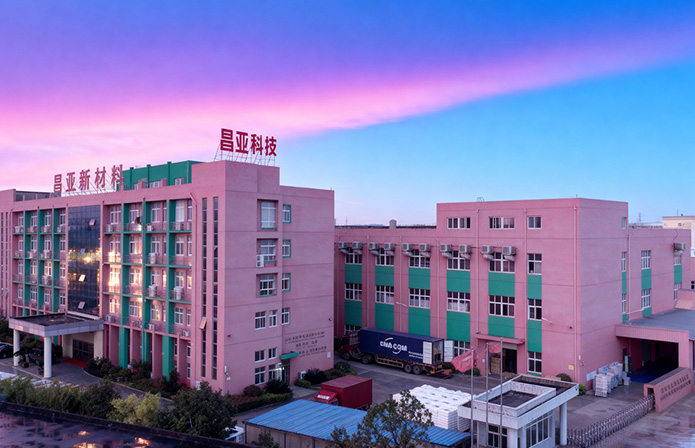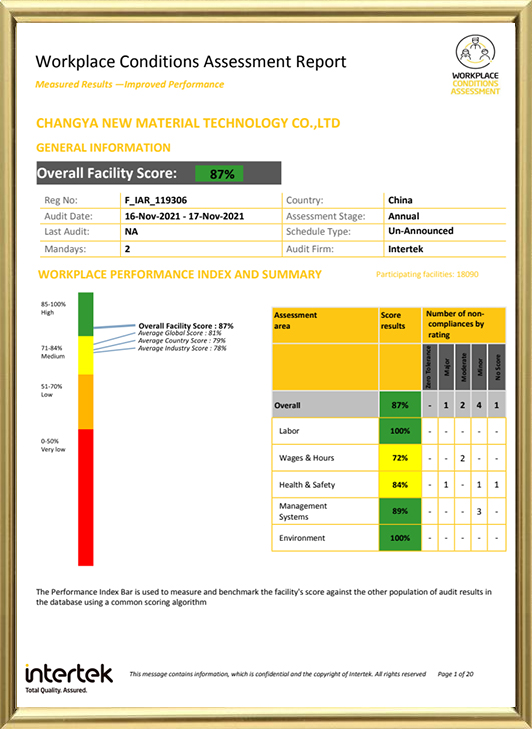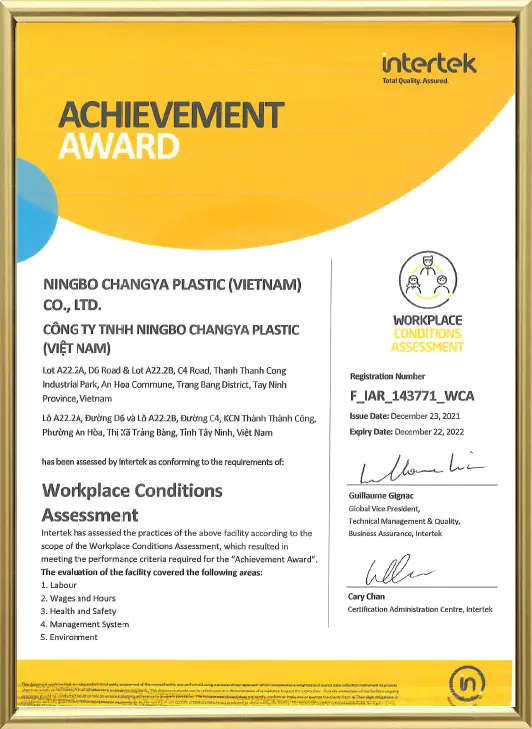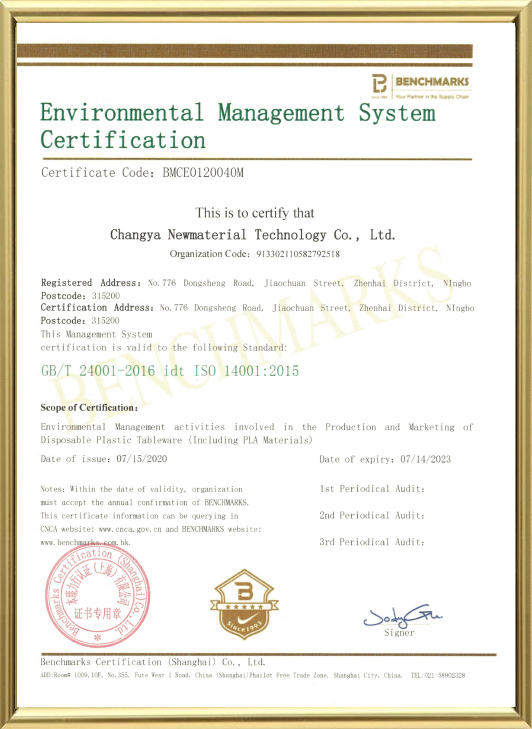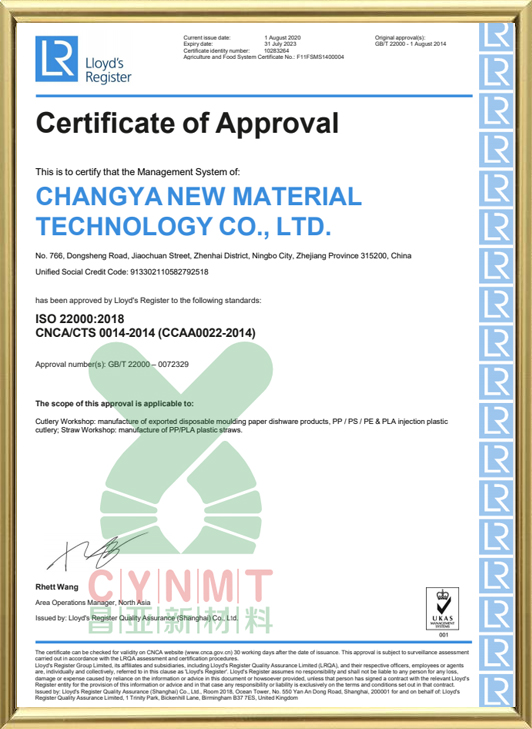Plastic cups are a ubiquitous part of modern life, found everywhere from fast-food restaurants and office water coolers to home pantries and large-scale events. Their widespread use can be attributed to a combination of convenience, versatility, and cost-effectiveness. In this ultimate guide, we'll delve into the world of plastic cups, exploring the various types available, their common uses, and, importantly, sustainable alternatives that are helping to shape a more eco-conscious future. Whether you're planning a party, stocking a commercial kitchen, or simply making a choice for your next beverage, understanding the different options will help you make an informed decision.
Types of Plastic Cups
Plastic cups can be categorized into disposable, reusable, and specialty types, each with a distinct purpose and material composition. Understanding the properties of the plastics used helps in making a suitable choice for your needs.
Disposable Plastic Cups
These cups are designed for single use and are a staple for convenience in various settings. They are typically made from lightweight, low-cost materials.
- Polyethylene Terephthalate (PET)
- Pros: Exceptional clarity, durability, and shatter resistance. Lightweight and a good barrier against gases. Widely recyclable.
- Cons: Not heat resistant; can deform or melt with hot liquids.
- Common Uses: Iced coffee, smoothies, cold beverages, and clear cups for events.
- Polypropylene (PP)
- Pros: High heat resistance, making it suitable for hot drinks. Durable and resistant to chemicals.
- Cons: Less transparent than PET, with a cloudy or translucent appearance.
- Common Uses: Hot coffee and tea, milkshakes, and yogurt cups.
- Polystyrene (PS)
- Pros: Inexpensive and lightweight. Rigid and can be clear or opaque.
- Cons: Very brittle and can crack or shatter easily. Low heat resistance; melts with hot liquids. Difficult to recycle, with many facilities not accepting it.
- Common Uses: Cold drinks, water cups at parties, and foam cups for hot beverages (expanded polystyrene).
- Polyvinyl Chloride (PVC)
- Pros: Durable and rigid.
- Cons: Can have health concerns due to potential chemical leaching, especially with certain additives. Generally less recyclable than PET or PP.
- Common Uses: Less common for cups due to environmental and health concerns; often used for non-food containers.
Comparison of Disposable Cup Materials
| Feature |
PET |
PP |
PS |
PVC |
| Clarity |
Excellent (glass-like) |
Low (cloudy/translucent) |
High (can be clear) |
High (can have a streaky finish) |
| Heat Resistance |
Low |
High |
Low |
Varies, can be high |
| Durability |
High |
High |
Low (brittle) |
High |
| Recyclability |
Widely Recycled (#1) |
Widely Recycled (#5) |
Difficult to Recycle (#6) |
Not widely Recycled (#3) |
Reusable Plastic Cups
These cups are designed for repeated use, offering a more sustainable and durable option. They are made from tougher plastics that can withstand multiple washes and impacts.
- Tritan
- Benefits: BPA-free, extremely durable, and shatter-resistant. Crystal-clear and maintains a glass-like appearance even after many washes. Can be used for both hot and cold beverages.
- Ideal for: Home use, office, and outdoor activities like travel and camping.
- Acrylic
- Benefits: Known for its clarity and scratch resistance. Lighter than glass and more shatter-resistant.
- Ideal for: Home drinking cups, party glassware, and serving cocktails.
- Polycarbonate
- Benefits: High impact resistance and durability. Often used for heavy-duty applications.
- Ideal for: Reusable water bottles and drinkware in commercial settings.
Specialty Plastic Cups
These cups are designed with specific functions in mind, often combining material properties with unique features.
- Iced Coffee Cups: Typically made from PET for its clarity, allowing the vibrant colors of the drink to show through. Often paired with a dome lid for whipped cream or froth.
- Stadium Cups: Large, durable, and often colorful cups made from sturdy plastic like PP. Designed to be reusable and are a popular souvenir item at sporting events and concerts.
- Souvenir Cups: Customizable cups that are a staple at theme parks, events, and tourist attractions. They are designed for both use and as a memento, often featuring unique shapes or branding.
Uses of Plastic Cups
The versatility and convenience of plastic cups have made them essential in a wide variety of settings, from the home to commercial and industrial environments. Their applications often depend on the specific type of plastic and its properties.
Household Uses
Plastic cups are a common sight in kitchens and for family activities due to their durability and safety.
- Everyday drinking cups. Reusable cups made from materials like Tritan or Acrylic are perfect for daily use, especially for children, as they are shatter-resistant and lightweight.
- Party cups for gatherings. Disposable plastic cups, particularly those made from PET or PP, are a go-to for parties and picnics. They eliminate the need for washing dishes and are less of a safety hazard than glass.
- Measuring cups for cooking. In the kitchen, plastic cups are often used as convenient, durable measuring tools for both wet and dry ingredients.
Commercial Uses
The food and beverage industry relies heavily on plastic cups for efficiency, hygiene, and branding.
- Restaurants and cafes: Serving beverages.
- Events and catering: Convenient disposable options.
- Offices: Water coolers and coffee stations.
Industrial Uses
Beyond consumer use, plastic cups have specialized applications in scientific and industrial fields.
- Sampling cups in laboratories.
- Mixing cups for paints and chemicals.
Advantages and Disadvantages of Plastic Cups
Like any product, plastic cups come with a set of pros and cons that influence their use, particularly from a consumer and environmental perspective.
Advantages
- Lightweight and Portable: Plastic cups are significantly lighter than their glass or ceramic counterparts, making them easy to transport in bulk for events, travel, or everyday use.
- Shatter-Resistant: Unlike glass, which can break into dangerous shards, most plastic cups are shatter-resistant. This makes them a safer option, especially in environments with children or at large gatherings where accidents are more likely.
- Cost-Effective: The manufacturing process for disposable plastic cups is relatively inexpensive, making them an economical choice for businesses and individuals hosting large events.
Disadvantages
- Environmental Impact of Disposable Cups: The most significant drawback of disposable plastic cups is their contribution to plastic waste. They are often used for a short period and then discarded, leading to accumulation in landfills and oceans. Most plastics, particularly certain types like polystyrene, are not easily biodegradable and can persist in the environment for hundreds of years.
- Potential Leaching of Chemicals: Some types of plastic, especially when exposed to heat or over a long period, can leach chemicals into the beverages they contain. While many modern plastics are considered safe for their intended use, this remains a concern for some consumers.
- Limited Heat Resistance: As noted in the materials section, some plastic cups, particularly those made from PET and PS, are not suitable for hot liquids. They can deform, melt, or release chemicals when exposed to high temperatures.
Eco-Friendly Alternatives to Plastic Cups
As environmental awareness grows, so does the demand for sustainable alternatives to single-use plastic cups. These options aim to reduce waste and reliance on fossil fuels.
Paper Cups
Paper cups have long been a common alternative, but their eco-friendliness is not as straightforward as it seems.
- Pros: Generally made from a renewable resource (wood pulp), and are biodegradable. Can be composted, but often require commercial facilities.
- Cons: To be leak-proof, they are typically lined with a thin layer of plastic (polyethylene) or wax. This plastic lining makes them difficult to recycle in standard paper recycling facilities, as the paper and plastic must be separated.
Compostable Plastic Cups
These cups are made from bioplastics, which offer a different approach to disposability.
- PLA (Polylactic Acid) Cups: A popular bioplastic made from fermented plant starches, such as corn or sugarcane.
- Benefits: Made from a renewable resource, reducing dependence on fossil fuels. They are transparent and look and feel similar to traditional plastic cups. Can be broken down into organic material in a composting environment.
- Limitations: PLA cups require a specific industrial composting facility to break down effectively, which is not available everywhere. They will not decompose in a landfill. They have low heat resistance and are only suitable for cold beverages.
Reusable Cups
The most effective way to reduce waste is to eliminate the need for disposable products altogether. Reusable cups, while they have a higher initial carbon footprint to produce, become the most sustainable option over time.
- Stainless Steel Cups:
- Pros: Extremely durable, and can last a lifetime. They do not leach chemicals and are resistant to rust and corrosion. Many are double-walled and insulated to keep drinks hot or cold for extended periods. They are also highly recyclable.
- Cons: Can be more expensive initially. Some lower-grade stainless steel may impart a metallic taste to certain drinks, especially if they are highly acidic.
- Glass Cups:
- Pros: Made from natural materials and are endlessly recyclable without loss of quality. They do not absorb odors or flavors, ensuring a pure taste. They can be elegant and are great for showcasing a beverage.
- Cons: They are fragile and can shatter easily, posing a safety risk. They are often heavier than other alternatives and do not offer insulation unless double-walled.
- Bamboo Cups:
- Pros: Bamboo is a fast-growing, highly renewable resource. The cups are lightweight and often have a natural, appealing aesthetic.
- Cons: Many bamboo cups are not made from pure bamboo fiber. They often contain a binding resin, such as melamine, which is a type of plastic. When used with hot liquids, this resin can potentially leach harmful chemicals. They can also absorb stains and odors over time.
How to Choose the Right Plastic Cup
Selecting the right plastic cup for a given situation involves considering several factors, from the type of beverage to environmental impact. Making an informed choice ensures both functionality and responsible consumption.
Consider the Use Case
The first step in choosing a plastic cup is to determine its intended use. This will guide your decision on whether to opt for a disposable or reusable option, and what material is most suitable.
- Disposable vs. Reusable:
- Disposable cups are ideal for one-time events, large gatherings, and on-the-go consumption where convenience and low cost are the primary concerns.
- Reusable cups are the most sustainable choice for daily use at home, the office, or for travel. They are more durable and, over time, more economical.
- Hot vs. Cold Beverages:
- For cold drinks like iced coffee, smoothies, and soda, clear and shatter-resistant PET cups are an excellent choice.
- For hot beverages like coffee or tea, cups made from PP are the best option due to their high heat resistance.
Material Selection
The material of the cup is crucial as it determines its durability, transparency, and suitability for different temperatures.
- PET (Polyethylene Terephthalate):
- Use Case: Best for cold drinks, as it can deform or melt with heat.
- Features: Exceptional clarity, durability, and a good barrier against gases.
- PP (Polypropylene):
- Use Case: Ideal for hot drinks due to its high heat resistance. Can be used for cold drinks as well.
- Features: More durable than PET, but with a cloudy or translucent appearance.
- Tritan:
- Use Case: The premier choice for durable, reusable cups.
- Features: BPA-free, extremely shatter-resistant, and maintains a glass-like clarity. Can be used for both hot and cold beverages.
Environmental Considerations
Choosing an eco-friendly option is a significant part of modern consumption.
- Opt for recyclable or compostable options: If using disposable cups, look for those made from widely recyclable plastics like PET (#1) or PP (#5). For an even greener choice, consider cups made from PLA, a compostable bioplastic.
- Choose reusable cups to reduce waste: The most impactful environmental choice is to switch to reusable cups made from durable materials like Tritan, stainless steel, or glass. While these have a higher initial production footprint, their repeated use significantly reduces overall waste and environmental impact over time.
Proper Disposal and Recycling of Plastic Cups
Properly disposing of plastic cups is crucial for minimizing their environmental impact. It's not as simple as tossing them in a bin; the correct method depends on the material and your local waste management services.
Recycling Guidelines
The recyclability of a plastic cup is determined by its material type and the regulations of your local recycling program.
- Check Local Recycling Programs: The most important step is to check with your local municipality or waste management provider. Recycling rules vary significantly by location. What is accepted in one city may be considered trash in another.
- Rinse and Sort: To prevent contamination, plastic cups must be empty, clean, and dry. Food and liquid residue can spoil an entire batch of recyclables.
- Resin Identification Codes: The number inside the chasing-arrows symbol (the "resin code") on the bottom of a plastic cup indicates its material.
- #1 PET (Polyethylene Terephthalate): These are typically clear, rigid cups used for cold drinks. They are widely recyclable in many communities.
- #5 PP (Polypropylene): These cups, often translucent or opaque, are used for both hot and cold beverages. They are also accepted by many, but not all, recycling programs.
- #6 PS (Polystyrene): This includes both clear plastic cups and foam cups. It is generally not accepted in most curbside recycling programs due to its low market value and the difficulty of processing it.
- Note: The recycling symbol does not guarantee an item is recyclable in your area; it only identifies the type of plastic.
Composting Options
Compostable plastic cups, particularly those made from PLA, require a specific environment to break down properly.
- Composting PLA Cups in Industrial Facilities: PLA cups are designed to be composted in industrial facilities where high temperatures and controlled moisture levels can break them down into compost. Throwing a PLA cup into the regular trash will not allow it to decompose, and placing it in a plastics recycling bin can contaminate the entire batch.
- Home Composting Limitations: Do not place compostable PLA cups in a home composting bin. The temperatures in a backyard compost pile are not high enough to break down these materials.
Reducing Plastic Waste
Beyond proper disposal, the most effective way to address the issue of plastic waste is to reduce consumption.
- Encourage Reusable Cup Use: Promote the use of reusable cups for daily coffee, water, and other beverages. Many cafes now offer incentives for customers who bring their own cups.
- Support Initiatives: Support policies and businesses that are working to reduce single-use plastic consumption. This could include advocating for better recycling infrastructure, choosing products with minimal packaging, and supporting companies that use sustainable materials.
